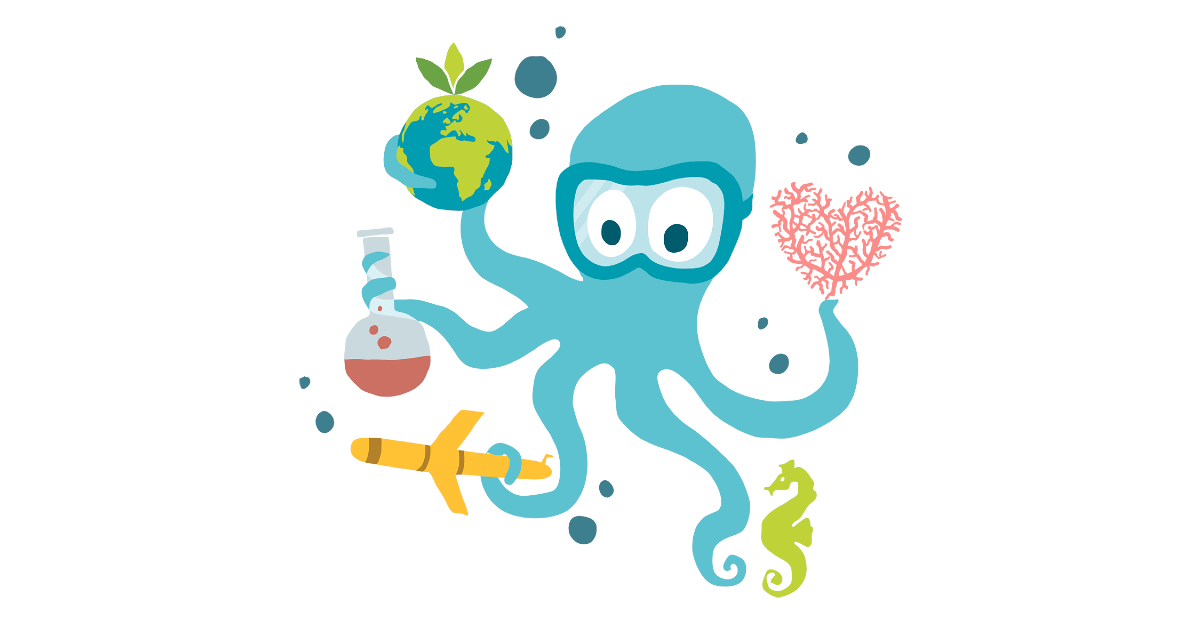The 10th Anniversary of JMSE—Recent Advances in Section Chemical Oceanography
A special issue of Journal of Marine Science and Engineering (ISSN 2077-1312). This special issue belongs to the section "Chemical Oceanography".
Deadline for manuscript submissions: closed (31 December 2023) | Viewed by 3215

Special Issue Editors
Interests: organic and inorganic pollutants; adsorption/desorption; transport; chemical process; marine pollution; recovery; coastal marine environments
Special Issues, Collections and Topics in MDPI journals
Interests: oxidative stress; fish physiology; endurance; ROS; environmental pollution; mitochondria
Special Issues, Collections and Topics in MDPI journals
Interests: coastal geomorphology; littoral dynamics; environmental geology; geoarchaelogy; transition environment; urban beach; river–dam–coast system; lagoon–beach system; fractal analysis; deep learning
Special Issues, Collections and Topics in MDPI journals
Special Issue Information
Dear Colleagues,
Journal of Marine Science and Engineering is going to reach a remarkable milestone, and in celebration of this special occasion, we have taken the initiative to launch a Special Issue called “The 10th Anniversary of JMSE – Recent Advances in Section Chemical Oceanography".
- The 10th anniversary of Journal of Marine Science and Engineering: Invited Papers in “Recent Advances in Section Chemical Oceanography". This Special Issue aims to gather moderate-sized original research or review papers featuring important and recent developments or recent progress in chemical oceanography with an emphasis on the study of the chemical components of the oceans, their reactions, and their pathways of transformation and the impact that they have on aquatic biota. Emphasis is placed on organic and inorganic compounds, particulate and dissolved material, and the ocean sediments; the pathways that compounds follow affect the global cycling of elements such as carbon and nitrogen, and relationships with biological activity.
- The papers can cover either experimental or field research in environments such as cold seeps and saline lakes, salt marshes, and deep ocean sediments combining field observations, laboratory experiments, and computer models to understand factors affecting chemical compositions and how they vary in time and space. The main topics, though not exclusively, include sources, transport, alterations and fate of organic compounds in aquatic and atmospheric environments; the molecular characterization of riverine/estuarine/marine dissolved organic matter (DOM); microbial- and photochemical-derived changes in DOM composition; the transport of biologically important elements to oceans and estuaries via aerosols; the processes controlling aerosol elemental solubility and metal speciation; the fate of aerosol-derived trace elements and nutrients; reactive transport modelling and biogeochemical cycling; bioturbation, microbial metabolism; pollutants and nutrient dynamics and human impacts at the land–ocean interface, salt marsh carbon and groundwater dynamics; oil spill impacts; chemical matrix changes on oxidative stress onset; adaptive redox responses and metabolic changes to environmental modifications.
The authors are well-known experts in their domain and are invited to submit their contribution at any moment from now to the end of the submission deadline.
Prof. Dr. Michele Arienzo
Dr. Gaetana Napolitano
Prof. Dr. Carlo Donadio
Guest Editors
Manuscript Submission Information
Manuscripts should be submitted online at www.mdpi.com by registering and logging in to this website. Once you are registered, click here to go to the submission form. Manuscripts can be submitted until the deadline. All submissions that pass pre-check are peer-reviewed. Accepted papers will be published continuously in the journal (as soon as accepted) and will be listed together on the special issue website. Research articles, review articles as well as short communications are invited. For planned papers, a title and short abstract (about 100 words) can be sent to the Editorial Office for announcement on this website.
Submitted manuscripts should not have been published previously, nor be under consideration for publication elsewhere (except conference proceedings papers). All manuscripts are thoroughly refereed through a single-blind peer-review process. A guide for authors and other relevant information for submission of manuscripts is available on the Instructions for Authors page. Journal of Marine Science and Engineering is an international peer-reviewed open access monthly journal published by MDPI.
Please visit the Instructions for Authors page before submitting a manuscript. The Article Processing Charge (APC) for publication in this open access journal is 2600 CHF (Swiss Francs). Submitted papers should be well formatted and use good English. Authors may use MDPI's English editing service prior to publication or during author revisions.
Keywords
- oceans
- organic and inorganic compounds
- DOM molecular characterization
- mobility of pollutants
- organism exposures and bioaccumulation
- oxidative stress
- toxicity
Benefits of Publishing in a Special Issue
- Ease of navigation: Grouping papers by topic helps scholars navigate broad scope journals more efficiently.
- Greater discoverability: Special Issues support the reach and impact of scientific research. Articles in Special Issues are more discoverable and cited more frequently.
- Expansion of research network: Special Issues facilitate connections among authors, fostering scientific collaborations.
- External promotion: Articles in Special Issues are often promoted through the journal's social media, increasing their visibility.
- e-Book format: Special Issues with more than 10 articles can be published as dedicated e-books, ensuring wide and rapid dissemination.
Further information on MDPI's Special Issue polices can be found here.







